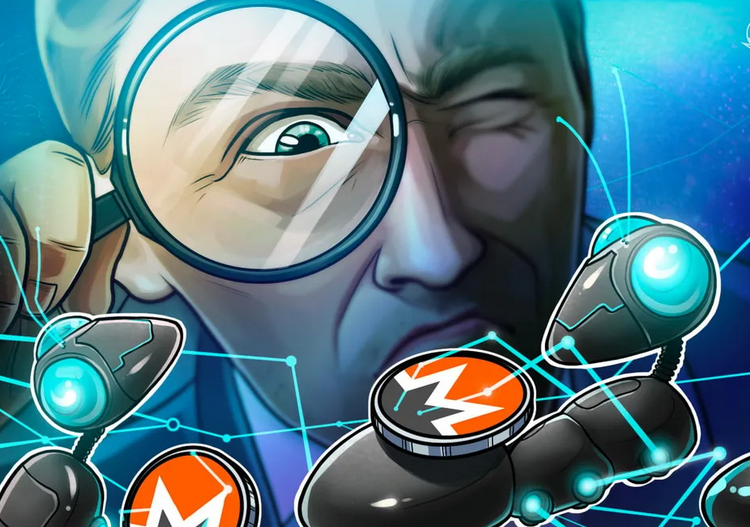Monero’s economic attack reports proves incentives matter more for security
The mined XMR would then be used to fund buybacks and token burns for the Qubic ecosystem. “QUBIC miners now perform real-world tasks (Monero mining) that generate real market value, which in turn strengthens the QUBIC economy,”
It is a case of taking “the better deal.”
As I read through the reports and social comments, I recalled an article I published in March on Bitcoin’s security.
The topic was: The cost of attacking Bitcoin makes it the most secure chain, not decentralization.
If it is more rewarding to secure a network than attack it or take actions that could threaten its security, people will simply do just that!
There's a reason people talk a lot about what happens when block rewards are no longer significant. It is quite weird that almost everyone knows what keeps Bitcoin alive, yet at the same time, choose to talk about things like “decentralization” when arguing for its security and growth.
You really think these companies are investing billions of dollars into Bitcoin because it is decentralized?
No, it's about the money, the ROI is all the miners care about and that is a reality people should pay a great deal of attention to.
The profitability of attacking Bitcoin is limited by infrastructure costs and the blockchain's design. You can find the article here to understand better what was discussed in entirety.
So what is going on with Monero?
Monero is facing a controversial, economically powered hashrate takeover attempt by Qubic, a mining pool and crypto network led by Iota co-founder Sergey Ivancheglo.
In a June 30 blog post, Qubic revealed that it had begun incentivizing Monero CPU mining via its own network. The mined XMR would then be used to fund buybacks and token burns for the Qubic ecosystem. “QUBIC miners now perform real-world tasks (Monero mining) that generate real market value, which in turn strengthens the QUBIC economy,” the post stated.
Sergey Ivancheglo, founder of crypto projects Qubic, NXT and Iota, has admitted that his Qubic network was staging a takeover of the Monero network. In a recent X post, he said that after getting control of most of the network’s hashrate, Qubic would reject the blocks mined by other pools. — Cointelegraph report
Funny fact, I have never heard of or read the name “Qubic” ever and now looking at the project website, it is apparently the “fastest blockchain ever” with 15.5m transactions per second (TPS).
I also just realized that Qubic is feeless, quite interesting actually, and as one can expect, the L1 blockchain is supposedly decentralized, who isn't right?
It appears to run on a hybrid of PoW called Useful Proof of Work (UPoW), apparently transforming energy used in mining into artificial intelligence, no idea how that works yet.
Nonetheless, that's to provide a glimpse into “Qubic” seeing that most people that have discussed it so far have made it seem like it was a traditionally centralized entity like a private company.
This is clearly not the case, although that doesn't mean the network is decentralized, that bit of information is something I can't defend right now.
Moving forward.
What exactly is going on?
To put it quite simply, Qubic is incentivizing Monero miners to join its mining pool for higher mining rewards.
These miners earn the QUBIC token, instead of XMR.
What Qubic does is that it dumps the XMR it earns and buys back QUBIC with the proceeds, this pumps the price of the token, which is then distributed to the miners in its pool.
At the end of the day, based on the USD ROI, the miners earn more money joining the pool than solo mining.
A bit of information that is particularly important:
Monero spends about 130 thousand dollars per day on security, paying the miners.
If someone offers just 10% more – around 7 to 10 thousand dollars daily – they can attract the majority. That's less than an ad on a crypto site, but enough to compromise the world's most private network






